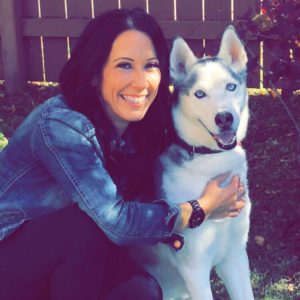The main thing that I remember from this class had not much to do with educational issues and research themselves, but the writing process that we were taught. Thanks to Marion’s methodical system of essay writing, I came to love writing papers which would come in very handy in the rest of my courses! (Check out the full course outline here!)
I had always enjoyed researching but writing the papers themselves seemed daunting until this course. Math had always been more my thing, thanks to the patterns and linear processes that I could follow until I got to my answer. Marion taught us how to lay an essay out in step-by-step form that helped both to organize our thoughts and work through an essay with a plan that saved time and produced more valuable writing. This sparked a love for writing that I still have today, and that may also come in handy if I pursue my PhD one day as well!
We were still given autonomy with our research topics, which I was a huge fan of. At this point I wanted to shift my focus away from the problems that teachers were having and onto possible solutions. I knew from my previous research that stress was extremely high among teachers and I could tell you all the reasons for it, but I needed to come up with solution-focused ideas if I was ever going to make a difference.
I began researching mindfulness practices that could be taught in schools to help both students and staff stay more grounded in the present moments, which I hoped would help teachers slow down enough to notice what really mattered in a day. Teaching and practicing mindfulness continues to be something that I value today, which I like to tie in with regulation strategies for all ages. Teaching students the strategies to access the best parts of themselves in a stressful situation is something that has also been helpful for me to remember as a counsellor, particularly when dealing with a crisis situation.
These strategies were also proving to be helpful in my personal life, where more and more of my days were spent listening to young boys play indoor hockey in between wrestling matches and whatever else that they were doing at the top of their lungs in a 900 square foot one level house. Shaun and I had just moved in together, ready to take the next step as a couple and a family. Having grown up with only sisters, the kind of rough housing and play in the house was the polar opposite of what I was used to as a child, so this was a massive change!
It for sure was the opposite of what I was used to as an adult, which was a silent house that I shared with one quiet roommate and a husky that could usually be found sleeping at my feet. I loved having the kids around but the living arrangement was most definitely an adjustment for us. And just when I thought we ha d experienced the biggest changes that we would face as a family together, the world shut down.
d experienced the biggest changes that we would face as a family together, the world shut down.
Favorite Resources
This study considers job demands and how mindfulness may work as a personal resource in the workplace. It highlights how mindfulness can positively influence burnout levels, suggesting that practicing mindfulness in the workplace can help us feel better equipped to manage job demands and lower our risk of burnout. This article gave me hope as I began to look for solutions to both the burn out rate and to the number of teachers who were quitting within the first few years of their teaching careers.
P.S. Kind of cool that Kristin Neff has just published another book called Mindful Self-Compassion for Burnout… guess I was onto something all these years ago!
Micki Banks
Latest posts by Micki Banks (see all)
- Masters Portfolio - October 15, 2024
- Graduate Summative - October 15, 2024
- Expressive Therapies - October 15, 2024


